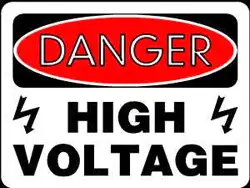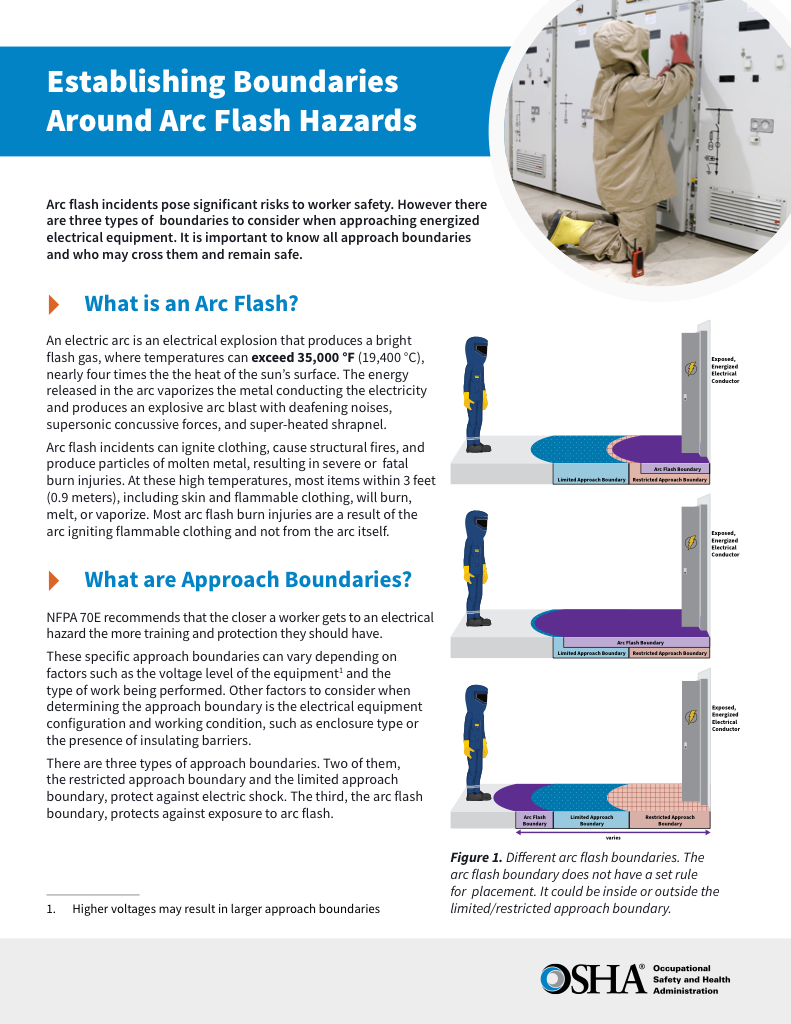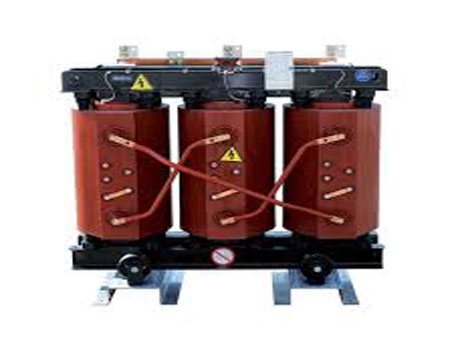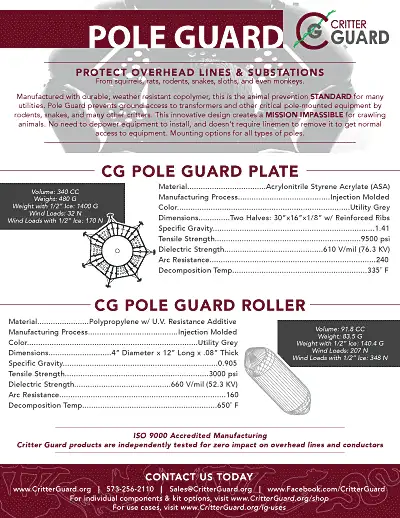Electrical Safety Products

NFPA 70e Training
Our customized live online or in‑person group training can be delivered to your staff at your location.

- Live Online
- 6 hours Instructor-led
- Group Training Available
Download Our OSHA 4474 Fact Sheet – Establishing Boundaries Around Arc Flash Hazards

- Understand the difference between arc flash and electric shock boundaries
- Learn who may cross each boundary and under what conditions
- Apply voltage-based rules for safer approach distances
Electrical safety products for engineers include PPE, insulated tools, arc flash suits, lockout-tagout devices, voltage detectors, RCD/GFCI protection, grounding kits, and surge protectors compliant with NFPA 70E and OSHA standards and testing equipment.
What Are Electrical Safety Products?
Engineered PPE, tools, and protective devices that mitigate shock, arc flash, and fault hazards in electrical systems.
✅ Comply with NFPA 70E, IEC 60903, and OSHA electrical safety rules.
✅ Include PPE, insulated tools, LOTO kits, and voltage detectors.
✅ Reduce arc-flash energy, shock risk, and equipment downtime.
Electrical Safety Products
Provincial legislation was proposed in Ontario as an attempt to control the rising counterfeit, unapproved and unsafe electrical products being introduced to the provincial marketplace. For a primer on best practices, refer to this overview of electrical safety fundamentals to see how product compliance ties into hazard prevention.
Electrical Safety Products – Product Registry
Ontario’s electrical sheriff, the Electrical Safety Authority (ESA) introduced a program where product manufacturers must register products being sold or intend on being sold in the province. This program, of course, helps track electrical products and if any action needs to be taken against any violators if deemed necessary. Through this program, ESA also planned to further its preventative and enforcement activities by keeping manufacturers and distributors accountable for unapproved electrical products being sold in the province. The latter reason gives law-abiding manufacturers a fair opportunity to sell their electrical products. For clarity on program oversight and mandate, review guidance from the Electrical Safety Authority to understand registration responsibilities.
Electrical Safety Products – Why The Need For Change?
The Electrical Safety Authority extended its mandate with the Government of Ontario to included regulations on electrical safety products. Motivations effecting this change include:
Test Your Knowledge About Arc Flash!
Think you know Arc Flash? Take our quick, interactive quiz and test your knowledge in minutes.
- Instantly see your results and score
- Identify strengths and areas for improvement
- Challenge yourself on real-world electrical topics
- A lack of authority to encourage those involved with making or selling unsafe or unapproved electrical products to take corrective action where electrical safety risks exist;
- The number of unapproved electrical products being imported into Ontario;
- A lack of reporting within an appropriate time incidents involving electrical products to ESA;
- Limiting the domestic control on the supply chain of electrical products; and
- The overall effect of globalization on the provincial marketplace.
These drivers align closely with the enforcement provisions referenced in the Ontario Electrical Safety Code as it relates to product approvals.
Overall, the effect was increasing the electrical safety risk in Ontario. Historical analyses such as the Electrical Safety Ontario 2015 report illustrate how incident trends informed these reforms.
Electrical Safety Products – Regulation on Electrical Safety Products
Ontario Regulation 438/07: PRODUCT SAFETY, sets out the necessary regulation in regards to the handling of electrical safety and in regards to electrical product approval in Ontario. A concise overview of comparable frameworks can be found in this discussion of electrical safety regulation to help interpret obligations.
The regulation intends to:
- Give up-to-date regulation to reduce the risk of electrical safety incidents caused from unsafe or unapproved electrical products;
- Provide safe market practices for electrical product distribution in Ontario;
- Establish clear regulatory requirements for manufacturers, distributors, certification agencies, importers, retailers and wholesalers of electrical products.
- Create an efficient and responsive legal system to appropriately respond to discovered unsafe or unapproved electrical products; and
- Promote compliance and increase enforcement.
To support compliance with these objectives, organizations often rely on curated electrical safety manuals for training and auditing workflows.
Regulation 438/07 makes it clear that wholesalers, field evaluation agencies, importers, retailers, manufacturers, importers, distributors, and certification bodies have to report any defects in electrical equipment that can affect the public’s electrical safety or if these companies become aware of any serious electrical incident or accident. Engineering teams can further reduce risk by adopting proven electrical engineering safety practices within design and testing cycles.








